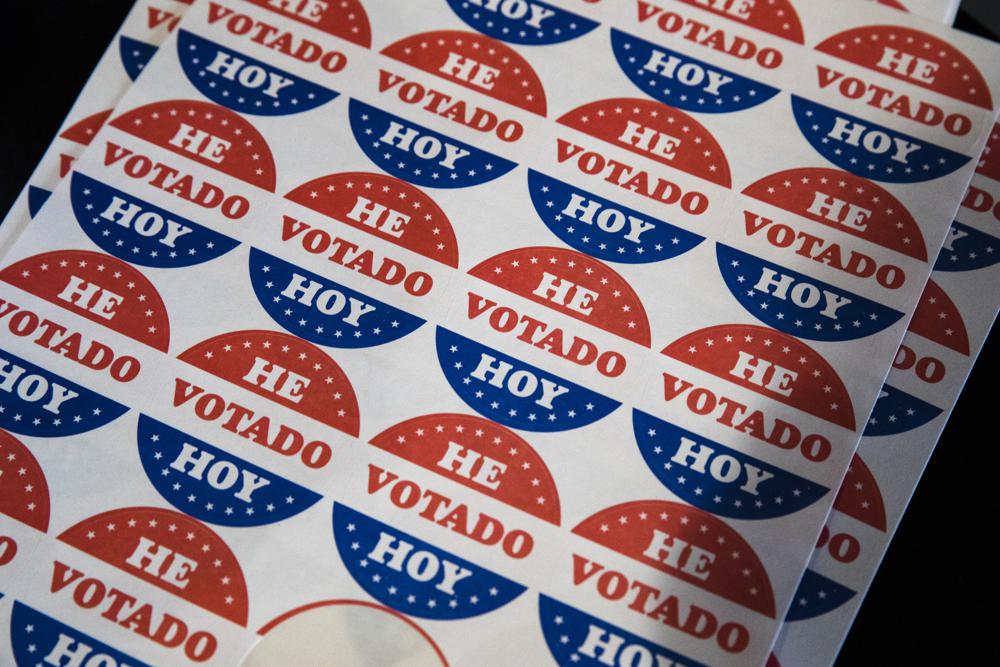Fake news and the spreading of misinformation have existed as long as journalism itself.
Throughout American history, the most common remedy to combat dissemination of lies has been what professor of Public Policy at Duke Philip Napoli calls “counter speech.”
“Counter speech is the idea that the truth is inherently capable of winning out over falsities, so the idea is that essentially more speech is always the best solution to overcoming false speech,” said Napoli. “It has a long tradition in our first amendment, decision making; it has a long tradition in how we’ve actually regulated media and speech, political communication, political advertising. So its taken shape in a variety of ways.”
Napoli wrote an article published in The Federal Communications Law Journal called, “What if More Speech is no Longer the Solution?” The article focused on how counter speech might no longer be as effective in our current media climate.
According to Napoli’s article, data shows that false news stories now get shared more widely than legitimate news stories. Which Napoli said results from a combination of factors.
“On the one hand, there is the way the economics of legitimate news have changed and have been undermined. It’s an economic environment today that’s very challenging to produce legitimate news. Whereas, on the other side of the equation, the economics of producing falsity are essentially unchanged. It’s still very cheap, very easy to produce false news,” said Napoli. “False news doesn’t require reporting and fact checking, and all those sorts of things, all those expenses. So, that’s one. Another is the difference in terms of our ability to differentiate between legitimate and illegitimate sources of news. The social media environment in general facilitates a level of deception that really was not possible before.”
According to Napoli, online filter bubbles are used to strategically target people who are susceptible to believing false news.
“[The filter bubble] is something that we were concerned about before the fake news became as prominent as they were. These things can reinforce each other in really powerful ways,” Napoli said. “If you already have a social media platform that is oriented toward feeding you the information that does reinforce your existing positions, you are much more likely then of course to be exposed to the fake news that reinforces those positions but most importantly too you are less likely to be exposed to the factual news that would contradict the false news. So not only is it a way to let the falsities through, but it’s also a way of defending against the truth.”
Napoli said other changed factors are the speed in which information is able to spread and go viral online, and the gatekeepers of the spreading of media. Distribution of media used to be confined to outlets like broadcast stations, but Napoli said that social media platforms are now like broadcasters who put out anything someone posts.
“Counter speech is very much part and parcel to how these platforms have operated up until now, in fact when you look at how for example, Facebook utilizes fact checks in their social media. One of the things they’ve been trying to do is compensate for exposure to false information,” Napoli said. “So if you get a fake news story in your social media feed, Facebook won’t tell you, ‘this is false according to a fact checker.’ What instead they will do is just give you some links to some alternative news stories.”
Napoli said he thinks social media platforms might need to change this strategy.
“It would also then would require us to be potentially be more accepting of more aggressive efforts on their part to police fake news,” said Napoli. “These platforms are actually scared to death to tell us about all the ways they can utilize artificial intelligence and algorithms to identify and suppress fake news, they can actually do that pretty well. But of course in so doing that they do raise all sorts of red flags in certain sectors of the population that certain view points are getting suppressed.”
As for media consumers, Napoli suggests taking the search for news back into their own hands as well as utilizing the tools available on social media sites such as information on what the site knows about you and what content is filtered or not.
“It’s on us to do the work. To not get lazy about how we decide what are reputable news sources,” Napoli said.
To read Napoli’s full article, click here.





